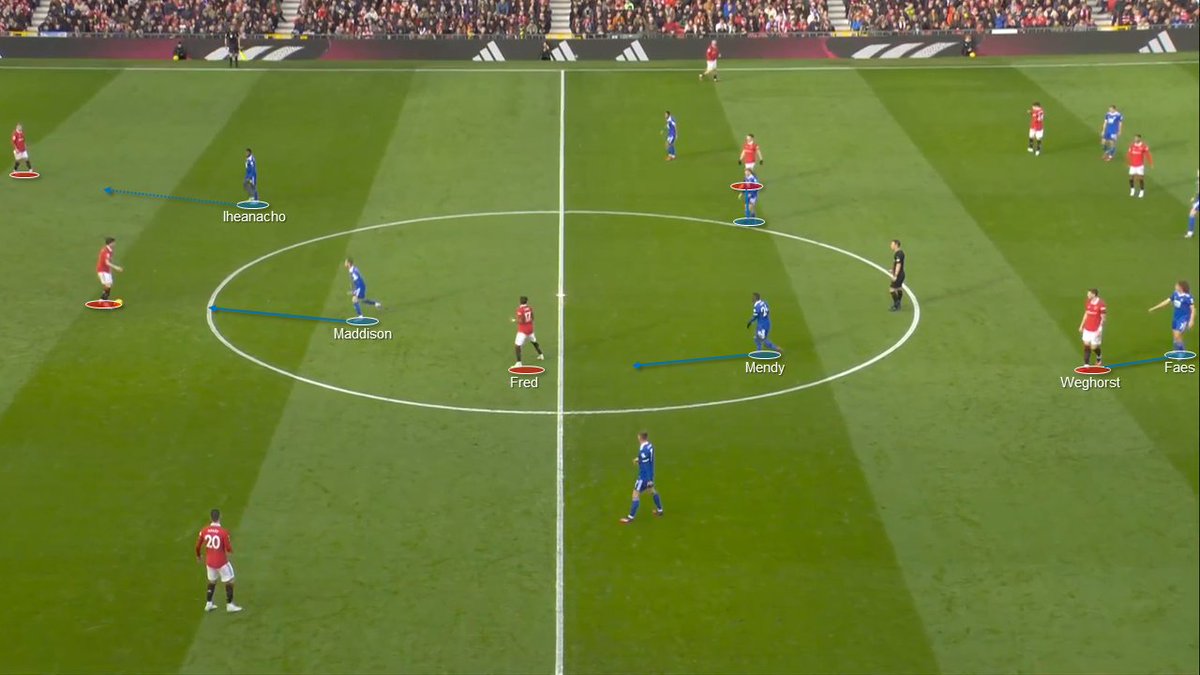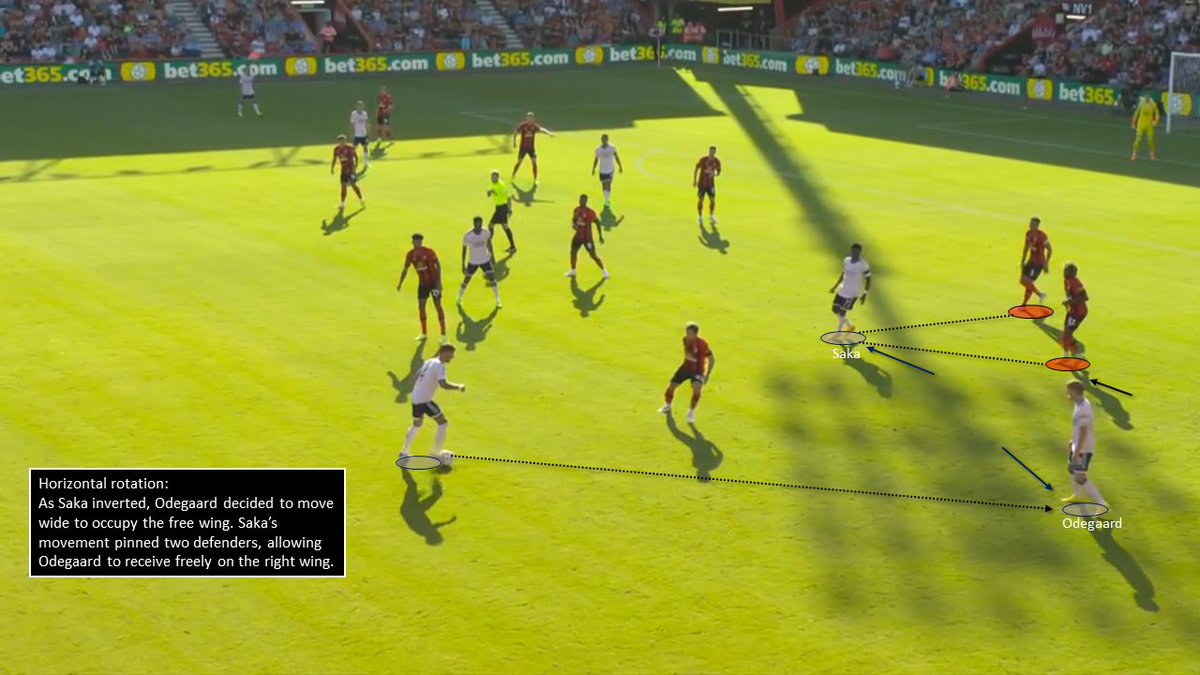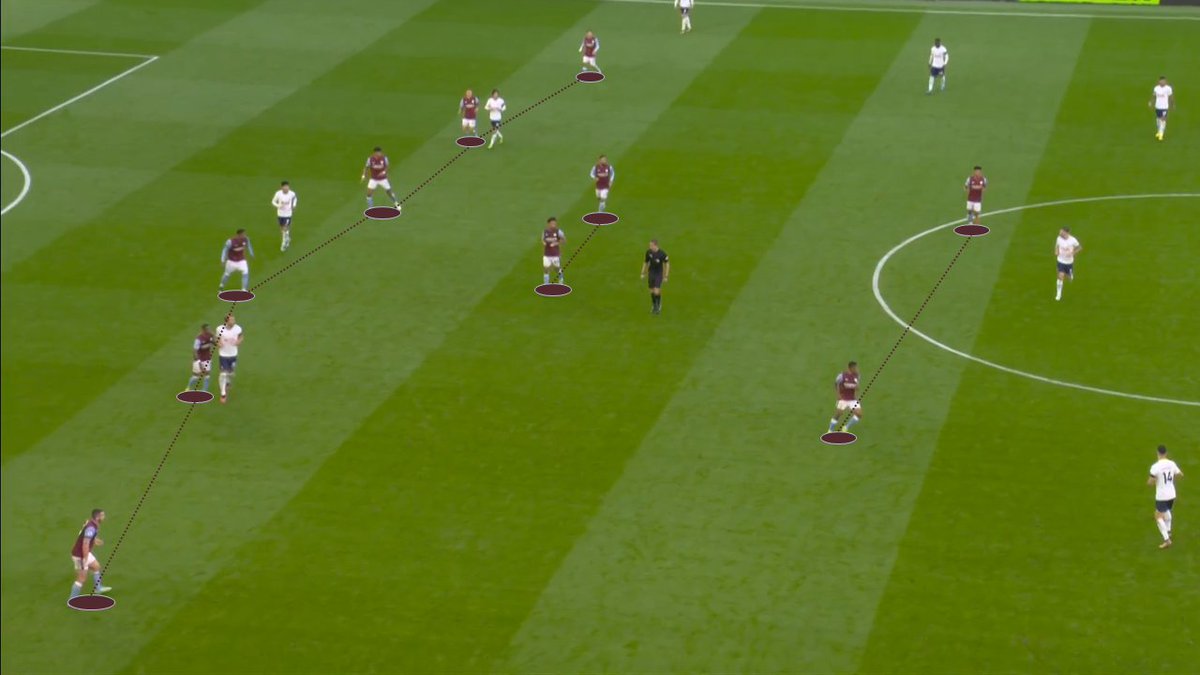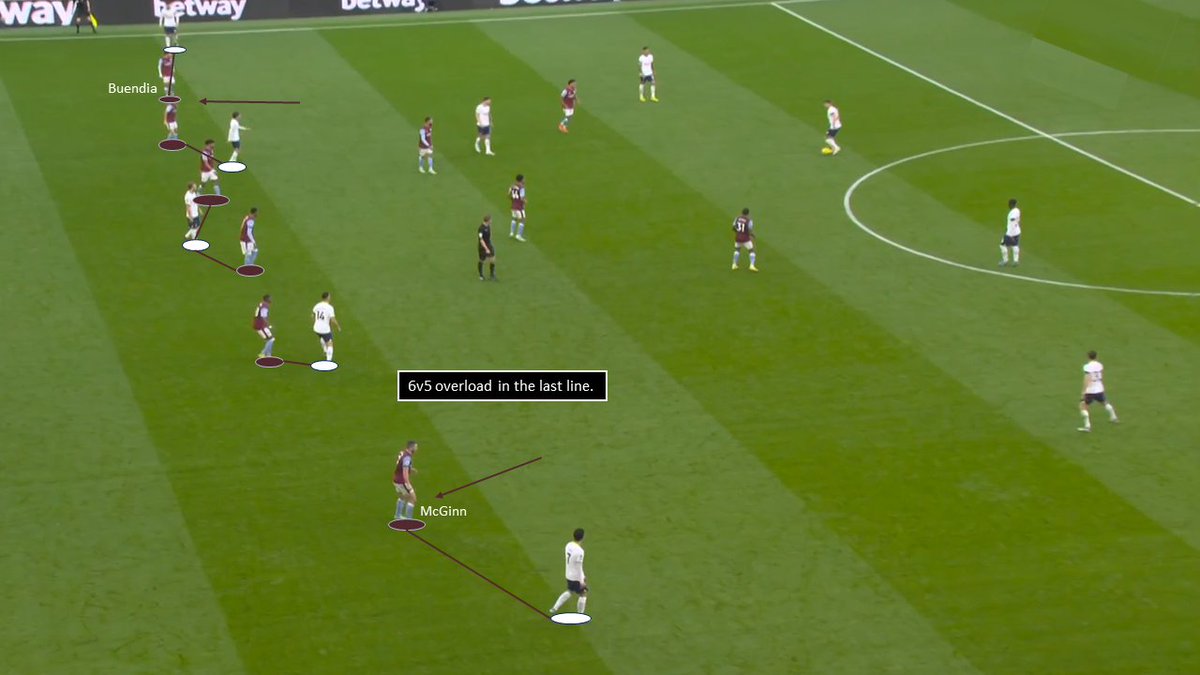Match Analysis: ManUtd – Leicester #MUNLEI [THREAD]
How Leicester started off strong in the first half and why Ten Hag’s slight adaptations enabled the Red Devils to dominate the second 45 minutes.



How Leicester started off strong in the first half and why Ten Hag’s slight adaptations enabled the Red Devils to dominate the second 45 minutes.




The Foxes regularly found Castagne out wide freely from the build-up with a clipped ball and kept on exploiting ManUtd’s left side in the first 25 minutes. 







Moreover, the Red Devils struggled to create anything meaningful in possession against Leicester’s 4-2-3-1/4-4-2 hybrid mid-block. The Foxes looked to control the centre by simply using man-orientations and were threatening on transitions. 



https://twitter.com/ahmedmoall/status/1627312927496720384




Nevertheless, ManUtd ended up scoring in the 25th minute, coming from a misplaced pass from Faes. This was some sort of a turning point, as the Red Devils became more dominant in possession. 







However, ManUtd improved even more in the second half and regularly created chances. Key was the introduction of Sancho in the right half-space combined with Weghorst moving to the striker position, who both made clever off the ball movements. 







Weghorst’s and Sancho’s runs perfectly came to shine in ManUtd’s third goal, as the Dutch’s decoy movement was vital to drag an opponent away and create space, while the Englishman darted in behind: 



The midfielders generally made clever dismarking movements in the second half and regularly disrupted Leicester’s man-orientations with different occupations. 







Fred’s little dismarking movement alongside Weghorst pulling an opponent with him were key for Manchester’s second goal, as seen below: 



Lastly, Leicester wasn’t as threatening in possession anymore in the second half, as ManUtd adapted their pressing approach with Weghorst splitting the CBs and Rashford staying deeper to have access to Castagne. 

• • •
Missing some Tweet in this thread? You can try to
force a refresh





















































